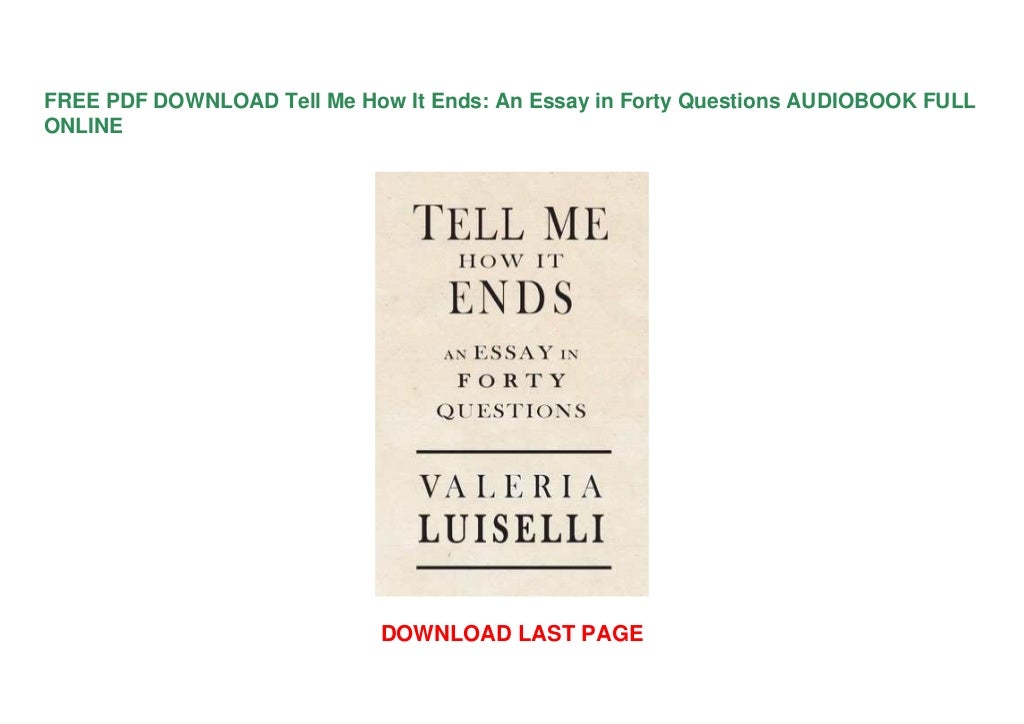

immigration law, for the three years or so that we had lived in New York we had been “nonresident aliens.” That’s the term used to describe anyone from outside the United States-“alien”-whether or not they are residents. We will drive from Harlem, New York, to a town in Cochise County, Arizona, near the U.S.-Mexico border.Īccording to the slightly offensive parlance of U.S. We are waiting for our green cards to be either granted or denied and, in the meantime, we decide to go on a family road trip. Behind the wheel, my husband concentrates on the road ahead. I glance back now and then from the copilot’s seat at my ten-year-old stepson, visiting us from Mexico, and my five-year-old daughter. I watch our own children sleep in the back seat of the car as we cross the George Washington Bridge into New Jersey. If it is lost, they will receive a deportation order from a judge. If that battle is won, the child will obtain some form of immigration relief. Once an attorney has agreed to take on a case, the real legal battle begins.

The next step is to find legal representation.

The lawyers then analyze the child’s responses, trying to come up with options for a viable defense against a child’s deportation and the “potential relief ” he or she is likely to get. When the intake interview with a child is over, I meet with lawyers to deliver and explain my transcription and occasional notes. The problem with trying to tell their story is that it has no beginning, no middle, and no end. The children’s stories are always shuffled, stuttered, always shattered beyond the repair of a narrative order. I have to transform them into written words, succinct sentences, and barren terms. They are delivered with hesitance, sometimes distrust, always with fear. I hear words, spoken in the mouths of children, threaded in complex narratives. My task there is a simple one: I interview children, following the intake questionnaire, and then translate their stories from Spanish to English.īut nothing is ever that simple. The questionnaire is used in the federal immigration court in New York City where I started working as a volunteer interpreter in 2015. “Why did you come to the United States?” That’s the first question on the intake questionnaire for unaccompanied child migrants. Register for this exciting celebration of Amherst’s literary life. This piece is excerpted from Tell Me How It Ends by Valeria Luiselli, a guest at Amherst College’s 2023 LitFest.


 0 kommentar(er)
0 kommentar(er)
